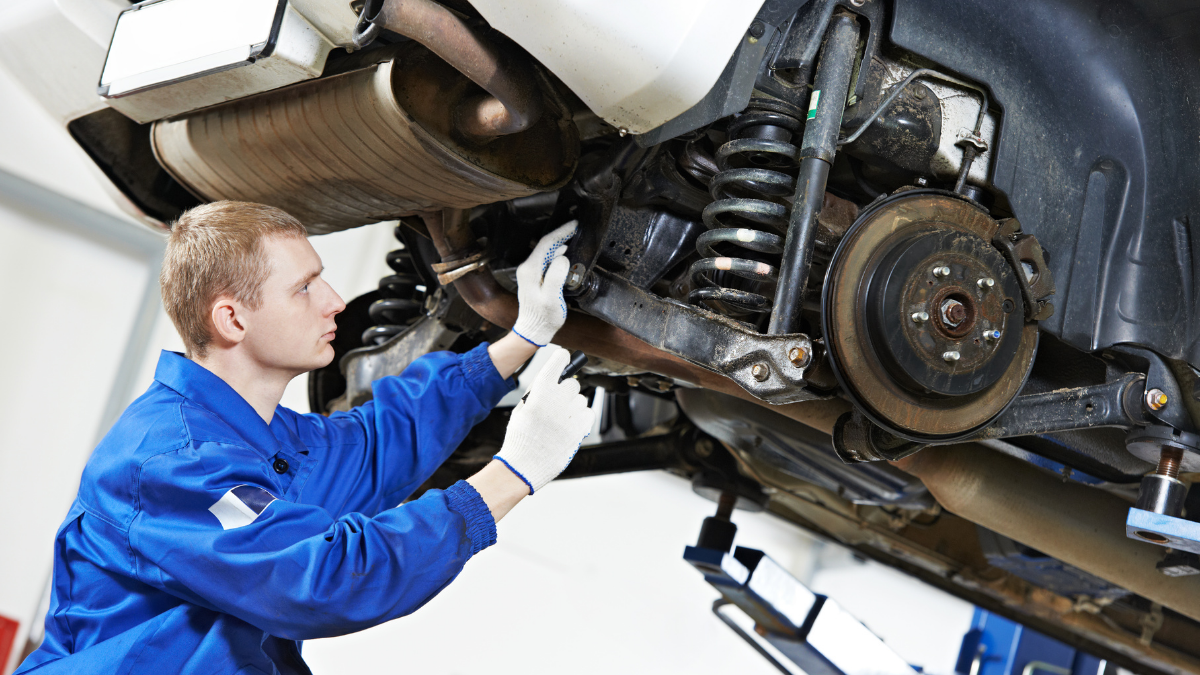Advanced automotive diagnostics prevent major failure by detecting minor issues early, saving thousands in catastrophic repairs and improving fuel efficiency/safety.
The saying “an ounce of prevention is worth a pound of cure” is more true than ever when it comes to taking care of cars. Modern cars are like complex ecosystems that are controlled by advanced computer systems. Waiting for a warning light to come on or a major part to break is a bad idea for your wallet. Using advanced automotive diagnostics in a proactive and precise way is the key to keeping your car running for a long time and, more importantly, avoiding the huge costs of major mechanical repairs.
Learning About Automotive Diagnostics
Automotive diagnostics is a methodical way to connect with your car’s On-Board Diagnostics (OBD-II) system and its many electronic control units (ECUs) using special tools. A network of sensors constantly checks the performance of the engine, transmission, anti-lock braking system (ABS), emission controls, and other important parts.
The ECU records a specific Diagnostic Trouble Code (DTC) when a sensor finds a parameter that is outside of its factory-specified range. This could be a small change in oxygen levels, an intermittent misfire, or a low voltage reading. A professional diagnostic service does a lot more than just read these codes. It also includes an expert analysis of the data, comparing sensor readings in real time, and looking at the freeze-frame data that was taken when the problem happened. This all-encompassing method pinpoints the problem’s root cause, stopping technicians from using expensive and unnecessary “repair-by-replacement” methods when they don’t have accurate diagnostic data.
Call Ricca Auto Body right now at (201) 488-8423 to set up your appointment.
Using Diagnostics to Save Money
Many people make the mistake of thinking that diagnostic services are an optional cost, which can lead to huge repair bills. The main financial benefit of proactive diagnostics is that it can find small, easy-to-fix problems before they turn into big system failures.
For example, a broken oxygen sensor is not too expensive to replace, but if you don’t fix it, the engine control unit will not be able to properly control the air-fuel mixture. This running condition could eventually cause the much more expensive catalytic converter to break down before its time, which could cost thousands of dollars to fix. In the same way, finding a small problem with the transmission pressure can save the transmission from having to be completely rebuilt or replaced. For less than a few hundred dollars, you can often save thousands of dollars on major engine and transmission repairs in the future by using a diagnostic service.
Did you know?
The first full implementation of on-board diagnostics (OBD-I) came out in the 1980s. However, the current, standardized OBD-II system, which lets third-party tools read data, became required in all cars sold in the U.S. starting in 1996. This made advanced electronic diagnostics a standard requirement for all modern repair facilities.
Proactive Maintenance
Regular diagnostic checks that are done to prevent problems are an important part of a maintenance plan that will help your car last longer and be more reliable. They help keep the system running at its best, which leads to real benefits:
- Better fuel efficiency: Diagnostics can find problems like sticky fuel injectors, a bad mass airflow sensor, or low tire pressure, all of which are known to lower gas mileage. Taking care of these small problems makes sure your engine runs as it should, which saves gas.
- Safety System Guarantee: Your airbags, traction control, and ABS are all controlled by the computer systems on board. Diagnostic scans check the systems to make sure they are working properly and are ready to respond in an emergency.
- Keeping the resale value: A car that has a documented history of preventative diagnostics and quick, accurate repairs shows future buyers that it has been well cared for, which raises its resale value by a large amount.
By moving from a reactive approach—waiting for a breakdown—to a proactive diagnostic schedule, you gain the foresight necessary to budget for and schedule repairs at your convenience, minimizing unexpected downtime and financial stress.
It can’t be stressed enough how important it is to have advanced diagnostic tools for modern vehicle maintenance. It is the smart and cost-effective way to protect your investment and make sure it works reliably.
Don’t wait for a dashboard light or strange sound to tell you that something is wrong. Get in charge of the health of your car today. Call the professionals at Ricca Auto Body for a full diagnostic check to find and fix any possible mechanical problems before they happen. To protect your investment, call us right now at (201) 488-8423 to set up your appointment.
Frequently Asked Questions (FAQ’s)
When should I get an automotive diagnostic test?
It is recommended to have a full diagnostic test at least once per year as part of your routine maintenance, or immediately if your Check Engine Light, ABS light, or any other warning indicator illuminates.
Does a diagnostic check cover both mechanical and electrical systems?
Yes, the modern diagnostic process is inherently electronic, using the car’s computer to analyze systems ranging from core mechanical components (engine timing, transmission performance) to complex electrical faults (wiring, battery health, sensor failures).


